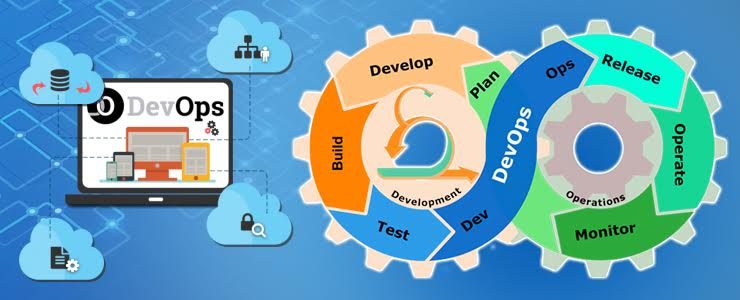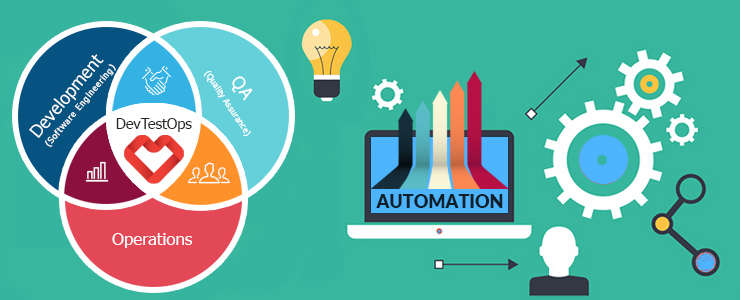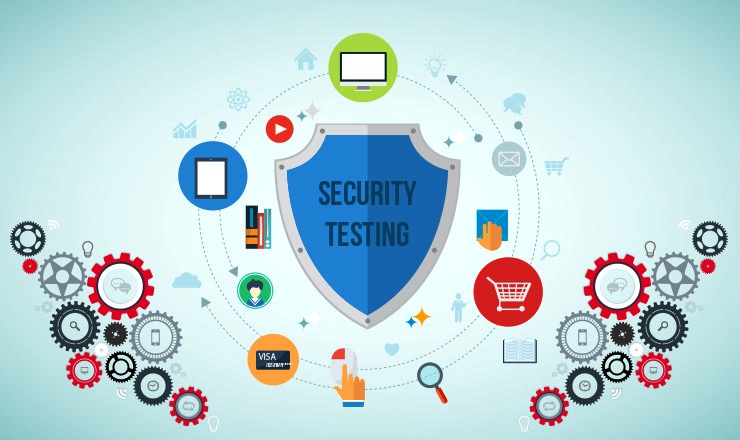
Product engineering is a vast domain that deals with various aspects of designing and developing a system, software or device, starting from quality and cost to performance, projected lifespan, dependability, user features and serviceability. Quite naturally, testing product engineering services too encompasses a wide field that’s different from testing your everyday software and systems.
Overview of testing in different areas and its role
Embedded testing
The world is increasingly running on embedded systems and software, from your cell phone and big screen home theater to the air traffic control station. Since most embedded systems are “real-time”, testing time constraints for an embedded system is as important as testing functional behavior.This becomes more important as some systems (like air traffic control or medical equipment) are safety-critical where failure isn’t an option.
Download Free E-Book: The Role of Testing in DevOps and Agile
Embedded system testing is a difficult task due to cross-development environments, a wide range of execution platforms and deployment architectures, tight resources and timing constraints on platforms where tests are to be executed, together with emergence of newer certification and quality standards. Thus, embedded systems are categorized on the basis of hardware/software used or on their type (such as safety critical or technical scientific etc) to test them. Such systems can also be tested by classifying them based on platform used (like Host based Embedded System and Target based Embedded System). When testing real time systems, emphasis is given on time constraints, predictability and resources awareness together with execution efficiency.
Game Testing
Domain-specific tests in this domain include fun factor testing (evaluating whether a game is fun to play) that requires insight into game design along with what the target user group enjoys. Balance testing to assess balance between difficulty levels, monsters and events; AI testing for checking if computer controlled opponents work according to game design; and multiplayer/network testing (to check how multiple players are interacting with each other, computer controlled opponents and the game servers) are other tests run to evaluate games. Game testing requires a combinatorial experience to handle testing of various complex aspects and anyone thinking it’s just about playing a game to find problems grossly underestimates the whole scenario.
IoT Testing
From NFC payment tags used by banks for retail bill payments and payments through wearable devices to healthcare apps and assessing consumer behavior by studying NFC/ATM card usages etc, the scope of IoT testing is varied. Since the sub-components, subsystems and services are interrelated and possessed by multiple providers and third party units, IoT testing needs to access them all for effective testing of the complete system. IoT test cases could be varied – from checking if all the devices can register to a network and transmit massive user data (when required) to verifying data transmission in encrypted form/low power mode, testing what happens when data volume defined in the requirement is exceeded and more. IoT testing involves checking compatibility and connectivity issues to power problems, safety concerns and privacy/security issues, among others.
Key things to consider for testing these
- Test data and test cases: Gathering the right test data and formulating targeted test cases is crucial. For embedded system testing, classifying the systems is crucial while for game testing, the objective (say, whether you want to do audio tests or realism tests) determines how the test cases would be developed. For IoT testing where multiple devices and elements are involved and where some devices may not be available for testing or are of inadequate capacity, proper test data is crucial for formulating test cases.
- Automation:For embedded systems in action, automated regression tests can be performed. The interface you choose or configure is very crucial for automated embedded testing as it will define what testing you can perform. Though complete automation of game testing may not be possible, you can use automation for unit testing (w.r.t code), protocol/message level testing (in the context of system) and GUI testing (in the social context).API driven IoT test automation is still overshadowed by simulations run in virtual environments as IoT systems are complex and have their own protocols (like CoAP, MQTT and ZigBee in addition to Bluetooth andWi-Fi), are subject to regulatory requirements and use high-level programming languages.
- When to stop testing: For game testing, IoT testing and nonsafety-critical embedded systems, subjective criteria like quality that’s good enough, budget and time to market decide when to stop testing. However, for safety-critical embedded systems, you can’t stop on the basis of subjective criteria as the bar for “good enough” is pretty high.
Download Free E-Book: Role of QA & Testing in Digital Transformation
Final words
New age testing practices help in improving the quality of product engineering services while supporting innovation, cost control and shorter product development lifecycles. TechArcis leverages its testing expertise and modern technology to constantly innovate and launch product engineering services that meet client needs and bring more business your way.
Connect TechArcis to leverage our unified test automation framework to overcome key challenges in test automation and get your Website/Web Apps functionally ready for your niche audience.
More Related Blog

How Automation Testing is Powering Transition to DevOps?
Technology is improving at such a pace today, that we find ourselves at the threshold of a big change almost every couple of years. Well keeping up with this trend, the recent technological innovation which is waiting to transform our … Continue reading "How Automation Testing is Powering Transition to DevOps?"...
Read More
How Automation is powering transition to DevOps?
DevOps is a process – a mind-set – that requires a cultural shift in the way most organizations work today. It has a straight advantage over the traditional software development and deployment approaches. It reduces the time spent on interleaved … Continue reading "How Automation is powering transition to DevOps?"...
Read More
5 Key Practices for Automated Security Testing
Never send a human to do a machine’s job – This is the key principle driving continuous and automated testing in the DevOps world. The key to agile methodologies lies in continuous and automated testing software......
Read More